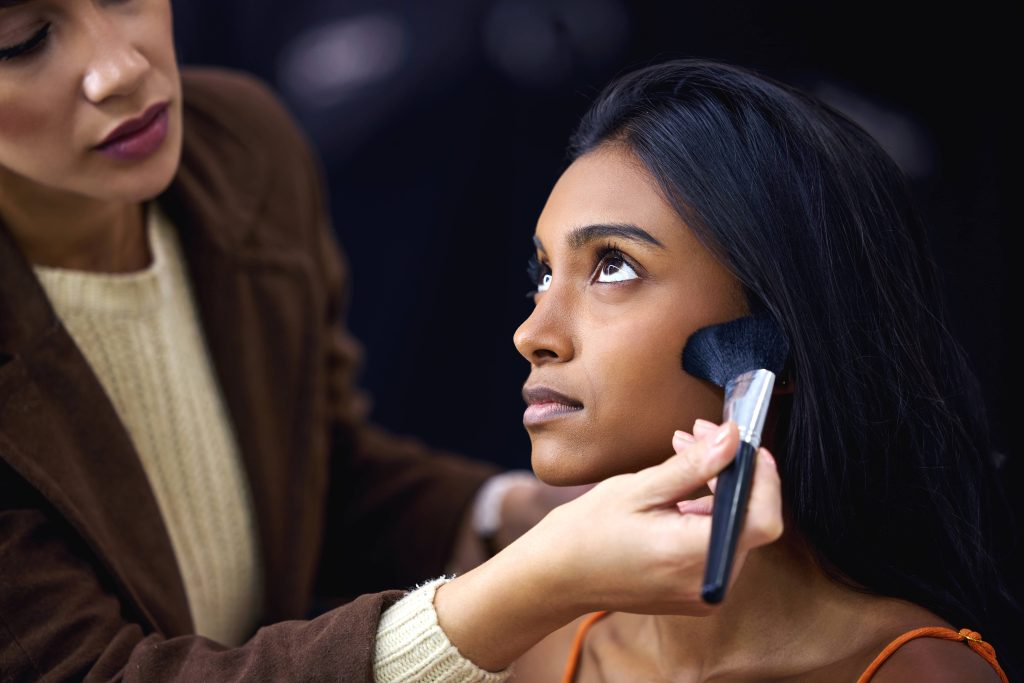
In the ever-evolving landscape of beauty, the influence of global cultures is undeniable. With the world becoming increasingly interconnected, beauty trends are no longer confined by geographical boundaries. Instead, they are a vibrant tapestry woven from the diverse customs, rituals, and aesthetics of various cultures. This multicultural interplay has not only enhanced the richness of beauty trends but also fostered a spirit of inclusivity and acceptance. In this blog post, let us embark on a journey around the globe to explore how different cultures have left indelible marks on the beauty industry, reshaping perceptions and inspiring innovations.
A Celebration of Diversity
The beauty industry has long been criticized for its narrow standards of beauty. However, in recent years, there has been a significant shift as brands and consumers alike embrace a broader spectrum of beauty. This transformation can be largely attributed to the celebration and integration of global cultures into mainstream beauty.
The Korean beauty phenomenon, commonly known as K-beauty, is a prime example of a cultural influence that has taken the world by storm. Characterized by its meticulous skincare regimens and innovative products, K-beauty has introduced concepts such as “glass skin” and “10-step skincare routines” to a global audience. This trend has inspired individuals to prioritize health and wellness, focusing on achieving luminous, hydrated skin rather than simply covering up imperfections.
Equally influential is the rise of J-beauty, or Japanese beauty, which emphasizes simplicity and minimalism. Rooted in centuries-old traditions, J-beauty advocates for high-quality, multitasking products and a less-is-more approach. This philosophy resonates with those seeking efficiency and elegance in their beauty routines, underscoring the fact that cultural nuances can redefine beauty in meaningful ways.
Nature’s Bounty: From Rituals to Rejuvenation
Across the world, cultures have long harnessed the power of nature in their beauty rituals. Today, the global beauty industry continues to draw inspiration from these time-honored practices, translating them into modern, innovative products.
Consider the influence of Ayurvedic beauty from India, which emphasizes balance and wellness. The use of natural ingredients like turmeric, neem, and sandalwood has not only gained popularity within India but has also captivated global audiences. These ingredients, praised for their anti-inflammatory, antibacterial, and rejuvenating properties, are now staples in many international skincare lines.
Similarly, the Moroccan tradition of using argan oil for hair and skin care has become a global sensation. Known as “liquid gold,” argan oil’s hydrating and nourishing qualities have made it a coveted ingredient worldwide. The Moroccan art of hammam, a ritualistic steam bath, also exemplifies a holistic approach to beauty and wellness that has found a following beyond its borders.
The Allure of Fashion and Aesthetics
Global culture’s impact on beauty trends isn’t limited to skincare and haircare; it extends significantly into fashion and aesthetics. The intricate craftsmanship and vibrant textiles of African cultures, for instance, have influenced runway styles, makeup palettes, and hair trends worldwide. Such cultural aesthetics remind us that beauty is as much about art and expression as it is about self-care.
In recent years, the bold and expressive nature of African beauty has gained widespread attention. From intricate braided hairstyles to the use of natural pigments for bold makeup looks, these trends reflect a deep appreciation for cultural heritage. Beauty brands are increasingly collaborating with African artists and influencers to create products that cater to a diverse range of skin tones and hair textures, acknowledging the vast potential of these markets.
The Japanese art of geisha makeup, characterized by porcelain skin, red lips, and perfectly drawn eyeliner, has also made its mark on global beauty. While modern geisha-inspired looks are often less dramatic, they celebrate the elegance and precision that is central to Japanese aesthetics. This influence encourages creativity and meticulousness, appealing to beauty enthusiasts who view makeup as an art form.
Bridging Beauty and Identity
Beauty trends shaped by global cultures have an impact that goes beyond aesthetics; they often serve as powerful expressions of identity. In an increasingly multicultural world, individuals are embracing beauty practices that reflect their heritage and personal stories.
The rising popularity of henna tattoos, originating from South Asian and Middle Eastern cultures, illustrates this beautifully. Henna’s intricate designs, traditionally used for celebrations and rites of passage, have found fans across the world. Today, people of all backgrounds revel in the beauty and symbolism of henna art, appreciating its potential to convey personal narratives.
Similarly, indigenous tattooing practices, such as the Māori art of Tā moko, have been embraced globally as symbols of cultural identity. While it is essential to approach these practices with respect and understanding, their adoption signifies a growing awareness and appreciation of cultural diversity.
Embracing a Global Beauty Ethos
The influence of global cultures on beauty trends is a testament to the rich tapestry of human creativity and expression. This cross-cultural exchange fosters a beauty ethos that is inclusive, diverse, and dynamic. As consumers become more discerning, there is a growing demand for products that not only perform well but also reflect the values and narratives of various cultures.
In embracing global cultures, the beauty industry acknowledges that there is no single definition of beauty. Instead, beauty is a reflection of the diversity that exists in the world—a diversity that is worth celebrating. As we continue to explore and appreciate the beauty practices of different cultures, we cultivate a deeper understanding and acceptance of one another. This multicultural dialogue paves the way for a more inclusive beauty landscape, where everyone is free to express their unique beauty, unrestricted by conventional norms.
In conclusion, global cultures have a profound impact on beauty trends, offering an array of inspirations that enrich our understanding of beauty. By embracing these influences, we not only expand the boundaries of beauty but also honor the traditions and stories that shape us. As the world continues to grow closer, let us celebrate the myriad ways in which beauty can be expressed, drawing from our collective heritage to create a more vibrant and inclusive future.



